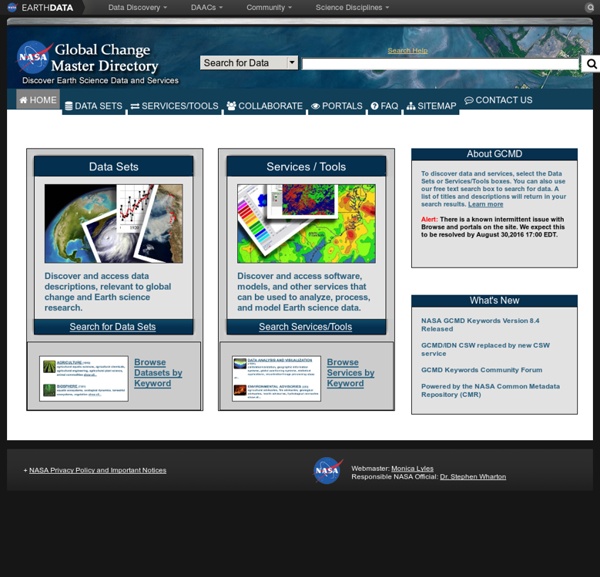Global Change Master Directory (GCMD)

Edward Wilson
The classic article, published 2 decades ago by one of the world's great biologists & humanists Imagine that on an icy moon of Jupiter - say Ganymede - the space station of an alien civilization is concealed. For millions of years its scientists have closely watched the earth. Because their law prevents settlement on a living planet, they have tracked the surface by means of satellites equipped with sophisticated sensors, mapping the spread of large assemblages of organisms, from forests, grasslands and tundras to coral reefs and the vast planktonic meadows of the sea. The watchers have been waiting for what might be called the Moment. It was all but inevitable, the watchers might tell us if we met them, that from the great diversity of large animals, one species or another would eventually gain intelligent control of Earth. Darwin's dice have rolled badly for Earth. The human species is, in a word, an environmental abnormality. The rules have recently changed, however.
Earth Institute
Exploring Science in the Field from Pole to Pole Company Donates 330,000 Bed Nets to Help Fight Malaria in Africa Lords of the Past Ancient Rocks, Modern Problem Sustainability Management Alum Works to Bring Electric Vehicles to NYC Apr18 2014 Spring Diversity Lecture Sustainability Essentials Training Drilling to find the originsof the South China Sea The Path to Sustainable Development Faculty Profile: Ruth DeFries
Related:
Related:



